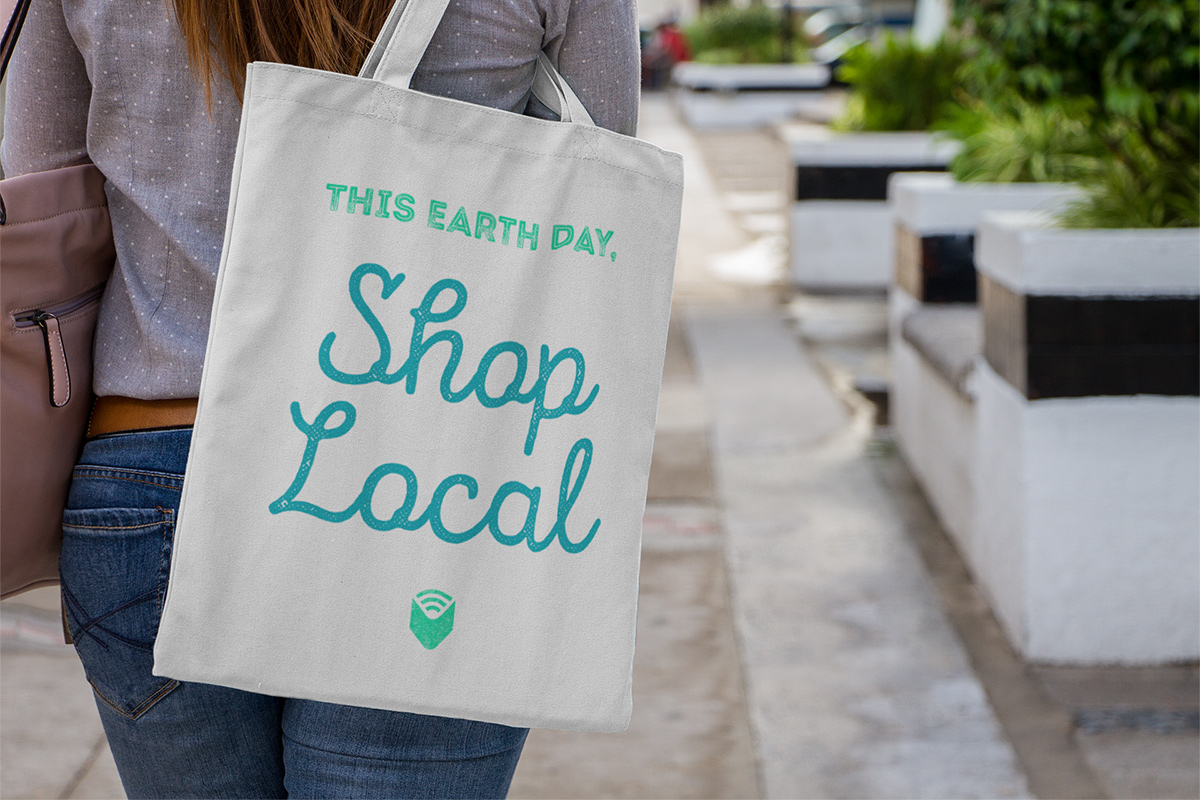
There has been much discussion and a general consensus around the benefits of eating local—Alice Waters has famously championed local food production and reducing food miles as the key to sustainability—but how does this affect the items you won’t find at the farmer’s market? Does the same climate calculus apply when you are buying books?
Shopping local is good for the environment, particularly when it comes to books. First and foremost, it drastically reduces the amount of packaging required to deliver your purchases. Think about the last time you walked out of a bookstore. Did you carry your new book out of the store sealed in a cardboard box surrounded with inflated plastic bags of air? Probably not.
But what about the last time you ordered a book online? The rise in popularity of online shopping, and services like Amazon Prime that encourage frequent purchasing and expedited shipping, are having a drastic impact on the environment. According to one study, cardboard consumption in the US grew 3.5% in 2017, but 300,000 fewer tons of cardboard were recycled that year. In the city of San Francisco, 70% of homeowners requested larger recycling bins to accommodate cardboard boxes from online shopping deliveries. And one waste management company has seen a 20% increase in cardboard over the last decade, fully outpacing any gains the industry measured from the decline in newsprint over the same period.
The invisible cost of online shopping is even more problematic. The transportation industry is the largest source of carbon emissions on the planet, and demand for air travel has surged in recent years. Along with an unprecedented increase in passenger travel, strong economic growth has led to more manufacturing and trucking. U.S. highway statistics show the number of trucks on the road has doubled since 1995. Those packages don’t get delivered by owl post.
What’s more, by incentivizing customers with fast, free shipping, online stores do not encourage people to consolidate their purchases, so the number of individual delivery trips has skyrocketed. Expedited shipping sounds great from a consumer standpoint, and indeed, Amazon has invested $1.5 billion in building its own fleet of cargo jets to move items between its warehouses at ever increasing speeds. But the “last mile” dilemma has led to an explosion of independent contractors driving their own vehicles or small vans to shuttle packages between local warehouses and homes. These additional vehicles add to congestion on the roads, pollution in the air, and working conditions that bring to mind Upton Sinclair’s 1906 exposé of the meat-packing industry, The Jungle.
The environmental cost of the paper on which books are printed is high as well, but to their credit, book publishers identified the environmental impact of their industry as a big problem back in 2008, and have taken steps since then to move towards a more sustainable model. Nearly all major U.S. publishers have some form of environmental policy displayed prominently on their website, and many books today are printed on recycled paper in partnership with the Forest Stewardship Council (look for this symbol when you shop).
After spending some time with these statistics, I know what I’m doing this weekend. Slinging a canvas tote over my shoulder, taking a nice walk down to go shopping at my local indie bookstore, and stocking up on digital audiobooks from Libro.fm. (On 4/27, you can even get five FREE audiobooks in celebration of Independent Bookstore Day.) By shopping close to home I can support local jobs, contribute tax dollars to my community, and do my part to take care of the environment this Earth Day.

